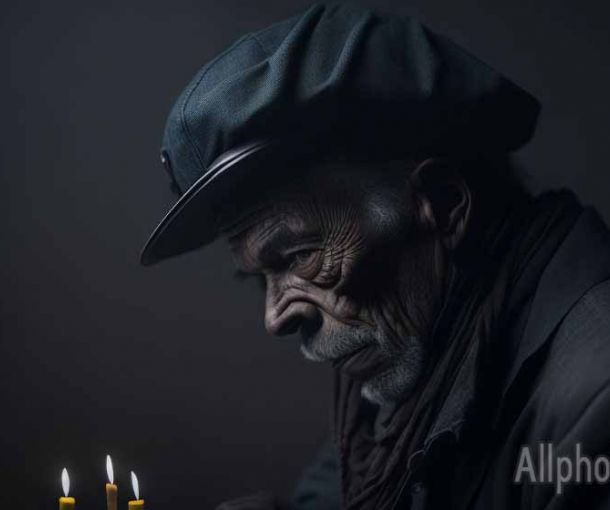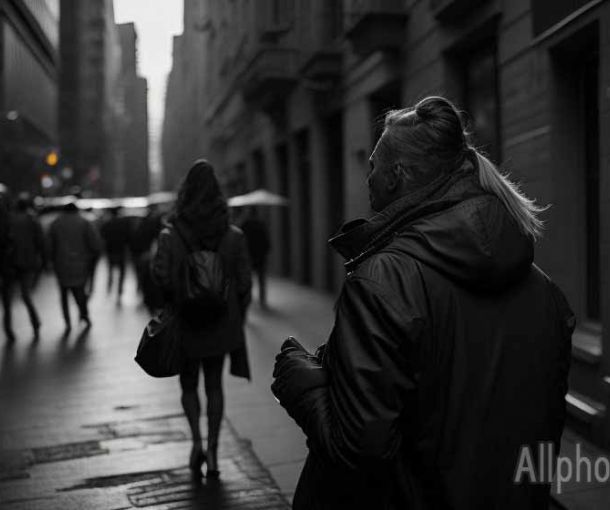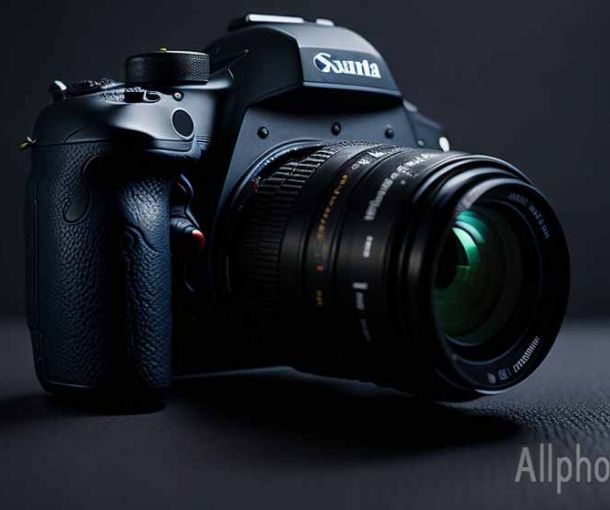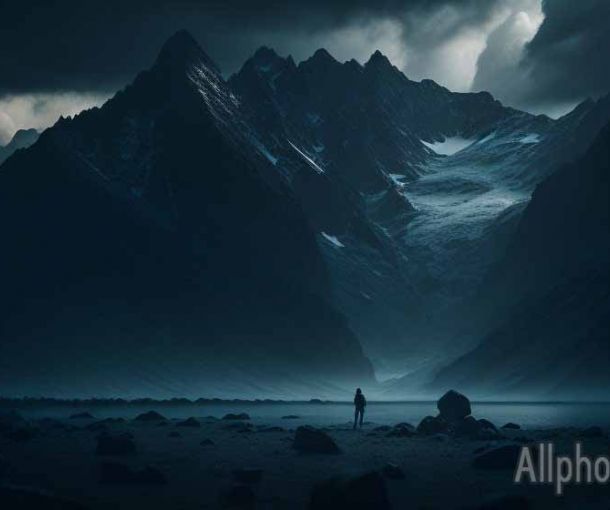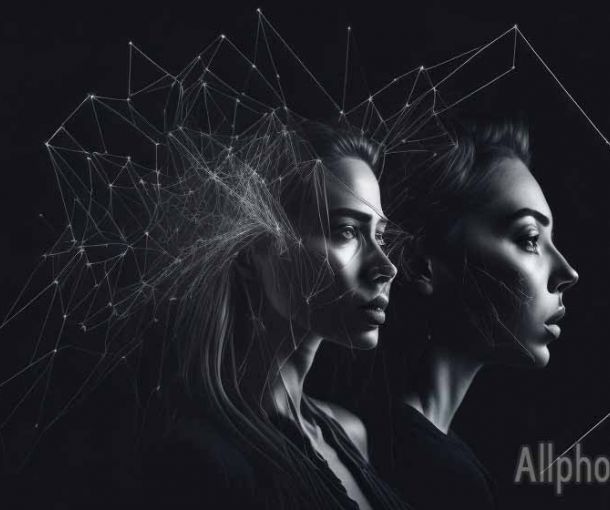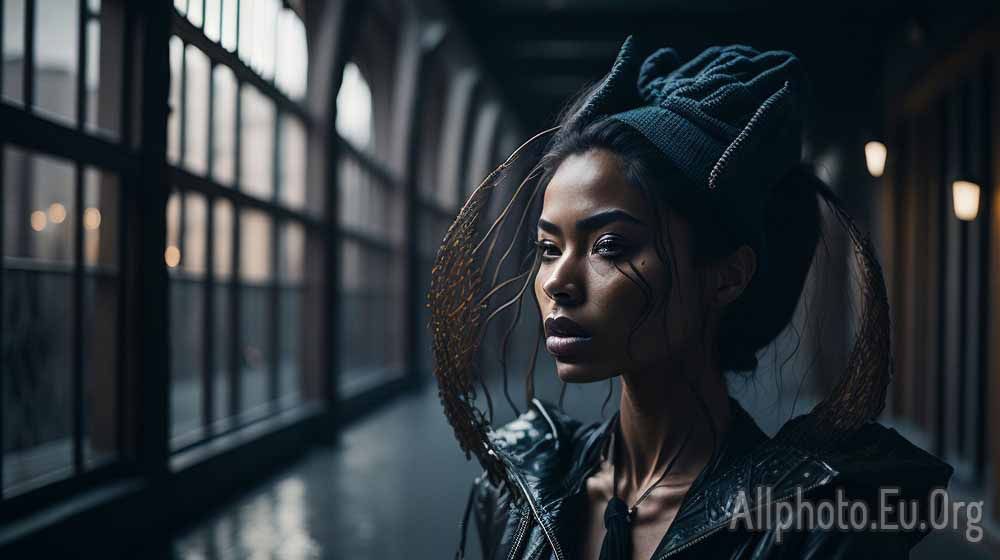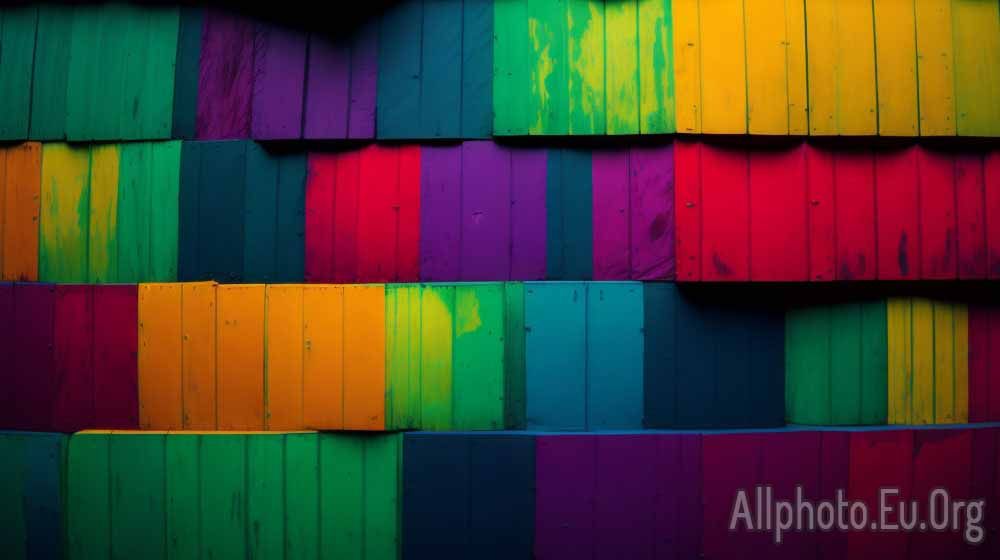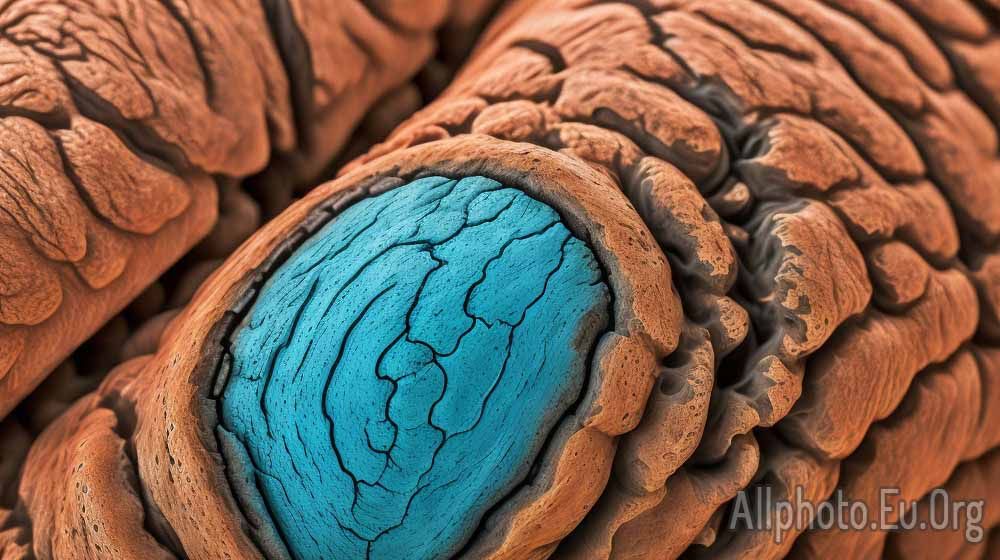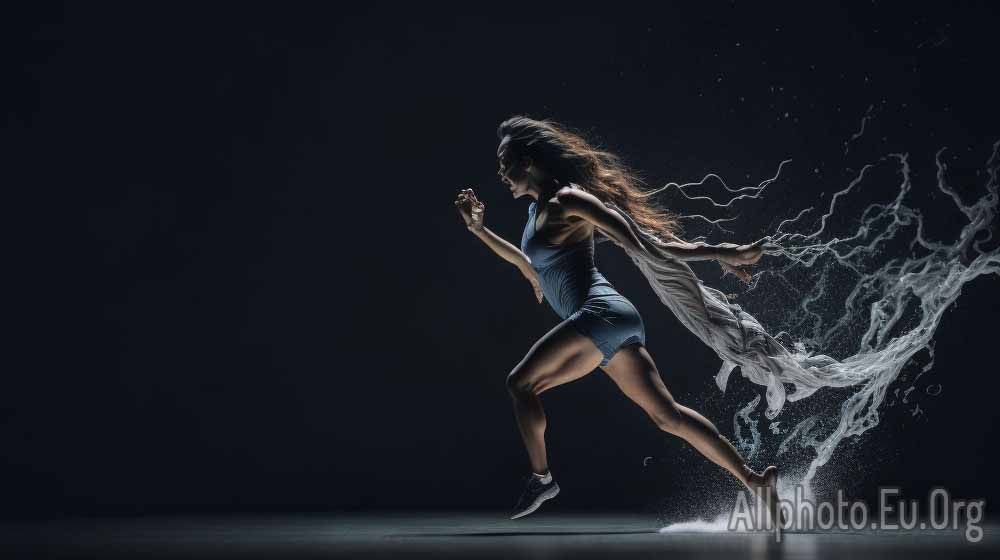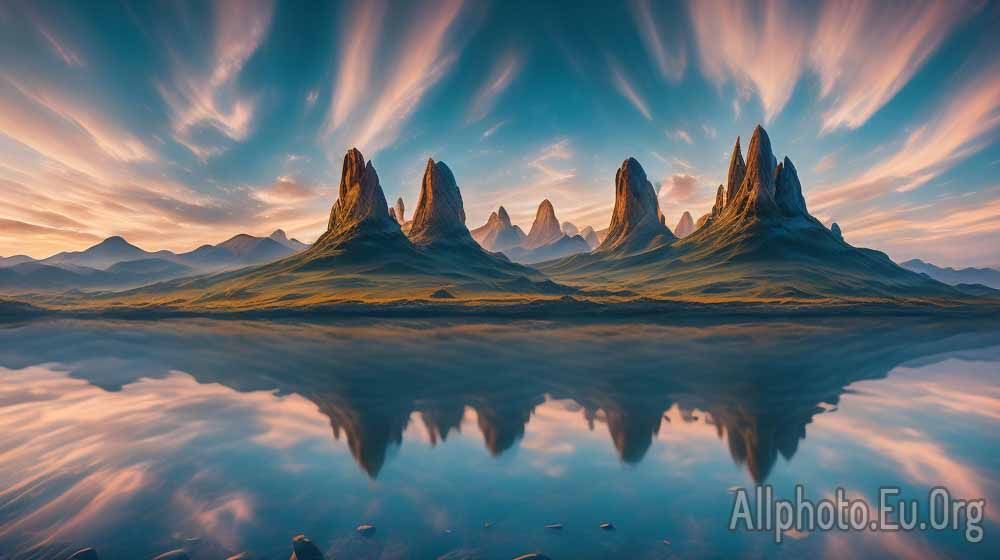Creating Artistic Photos with Multiple Exposures
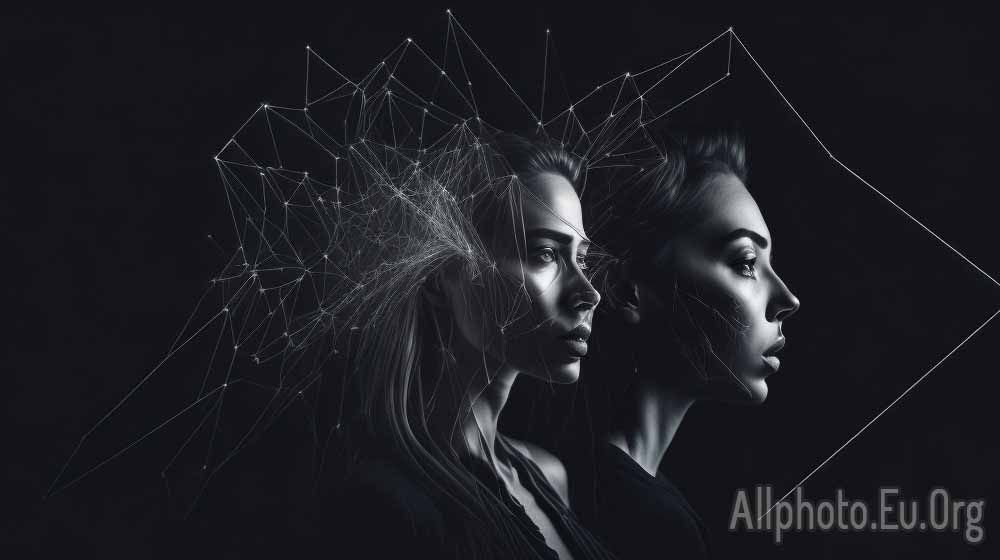
Photography has come a long way from its early days of black and white images captured on film. Today, with the advances in digital photography, photographers have access to tools that enable them to create stunning and unique images that were previously impossible. One such technique is multiple exposure photography, which involves combining two or more images into a single photograph to create artistic and abstract compositions.
Multiple exposure photography can be achieved in-camera or through post-processing software. In-camera multiple exposures involve capturing two or more images on a single frame of film or digital sensor. This can be done by setting the camera to multiple exposure mode, which allows the photographer to take a series of images that are overlaid onto each other in a single photograph. Alternatively, multiple exposures can be created manually by taking multiple shots and then combining them later using software like Adobe Photoshop.
Creating artistic photos with multiple exposures requires careful planning and execution. Here are some tips for getting started:
- Choose your subject carefully: Multiple exposure photography works best when you have a strong subject that can be overlaid with other elements. Look for subjects with interesting textures, patterns, or shapes that can be enhanced by multiple exposures.
- Consider your composition: When creating a multiple exposure photograph, you need to think about the placement of your subject and any other elements you want to include. Experiment with different angles, perspectives, and framing to create a dynamic and visually interesting composition.
- Play with exposure settings: Multiple exposure photography relies on the combination of different exposures, so it's important to experiment with different exposure settings. Try different shutter speeds, apertures, and ISO settings to create a variety of effects.
- Use a tripod: When creating multiple exposures in-camera, it's important to use a tripod to keep your camera steady and ensure that your images are properly aligned.
- Experiment with post-processing: If you're creating multiple exposures using software, there are endless possibilities for combining and manipulating your images. Experiment with different blending modes, opacity settings, and layer masks to create unique and interesting effects.
When done correctly, multiple exposure photography can result in stunning and visually captivating images. Here are some examples of multiple exposure photographs that showcase the technique's artistic potential:
- Trees and stars: This multiple exposure photograph combines two separate images – a landscape with a row of trees and a night sky with stars – to create a surreal and dreamlike composition.
- Cityscape and flowers: This multiple exposure photograph overlays a cityscape with a close-up of flowers, creating a beautiful and unexpected contrast between urban and natural elements.
- Water and architecture: This multiple exposure photograph combines an image of water with a modern architectural structure, creating a dynamic and visually striking composition.
- Faces and nature: This multiple exposure photograph overlays two portraits with images of nature, creating a surreal and almost mystical composition.
In conclusion, multiple exposure photography is a powerful tool for creating artistic and visually captivating images. Whether you're using in-camera multiple exposures or post-processing software, the key is to experiment and play with different elements to create a unique and compelling composition. So grab your camera and start exploring the creative possibilities of multiple exposure photography!
Additionally, photographers can also experiment with different techniques and styles when creating multiple exposure images. Some photographers use a technique called "ghosting" where the subject is moved slightly between each exposure, creating a ghost-like effect in the final image. Others use a technique called "masking" where parts of each image are selectively masked out to create a more seamless and unified composition.
Another variation of multiple exposure photography is "intentional camera movement" (ICM), where the camera is deliberately moved during the exposure to create abstract and impressionistic images. This technique can produce stunning results when combined with multiple exposures, resulting in images that are both abstract and painterly.
It's worth noting that while multiple exposure photography can be a powerful tool for artistic expression, it's important to use it thoughtfully and with intention. Overusing the technique can lead to gimmicky or clichéd images, so it's important to consider whether a multiple exposure approach is truly the best way to capture a particular subject or idea.
In conclusion, multiple exposure photography is a technique that offers endless possibilities for artistic expression and experimentation. Whether you're creating abstract compositions, combining elements in unexpected ways, or using intentional camera movement to create impressionistic images, multiple exposures can help you push the boundaries of traditional photography and create unique and compelling visual narratives. So don't be afraid to explore the possibilities of multiple exposure photography and see where your creativity takes you!
In summary, multiple exposure photography is a technique that allows photographers to create artistic and visually captivating images by combining two or more exposures in-camera or through post-processing software. With careful planning and execution, photographers can experiment with composition, exposure settings, and post-processing techniques to create stunning and unique images that push the boundaries of traditional photography. However, it's important to use the technique thoughtfully and with intention to avoid producing gimmicky or clichéd images. So grab your camera and start exploring the creative possibilities of multiple exposure photography!
Tags
Latest Articles
Most Read
All Tags
Subscribe
Donate
Please consider supporting our efforts.
© 2023 All-Photo.Cf All rights reserved.
